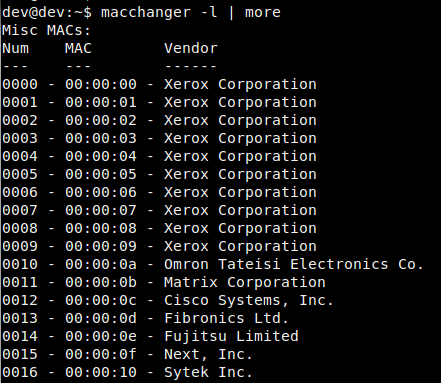Secure Hashing Algorithm Explained

A cryptographic hashing function or CHF is a one-way mathematical function that allows you to ensure that it’s not possible to get back to the original value that was put in but also that it should have a very low probability of producing the same output for two different values. Secure Hashing Algorithm is one of the most popular CHFs; the first version was created by the NSA back when they were cool. This blog post will explain how it works and why it works that way.
Read More »






